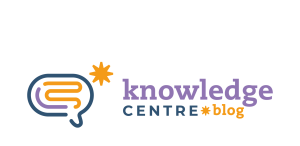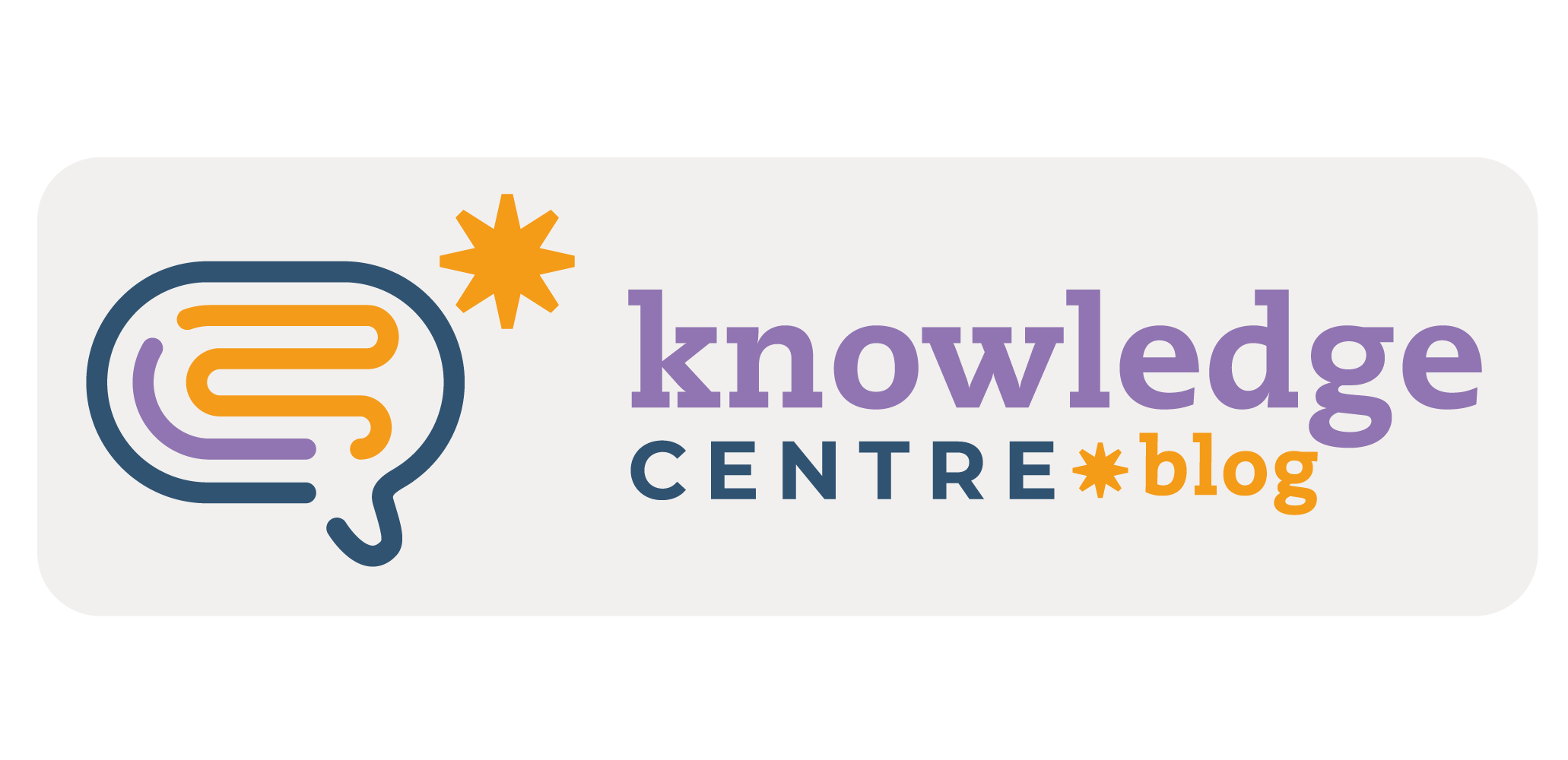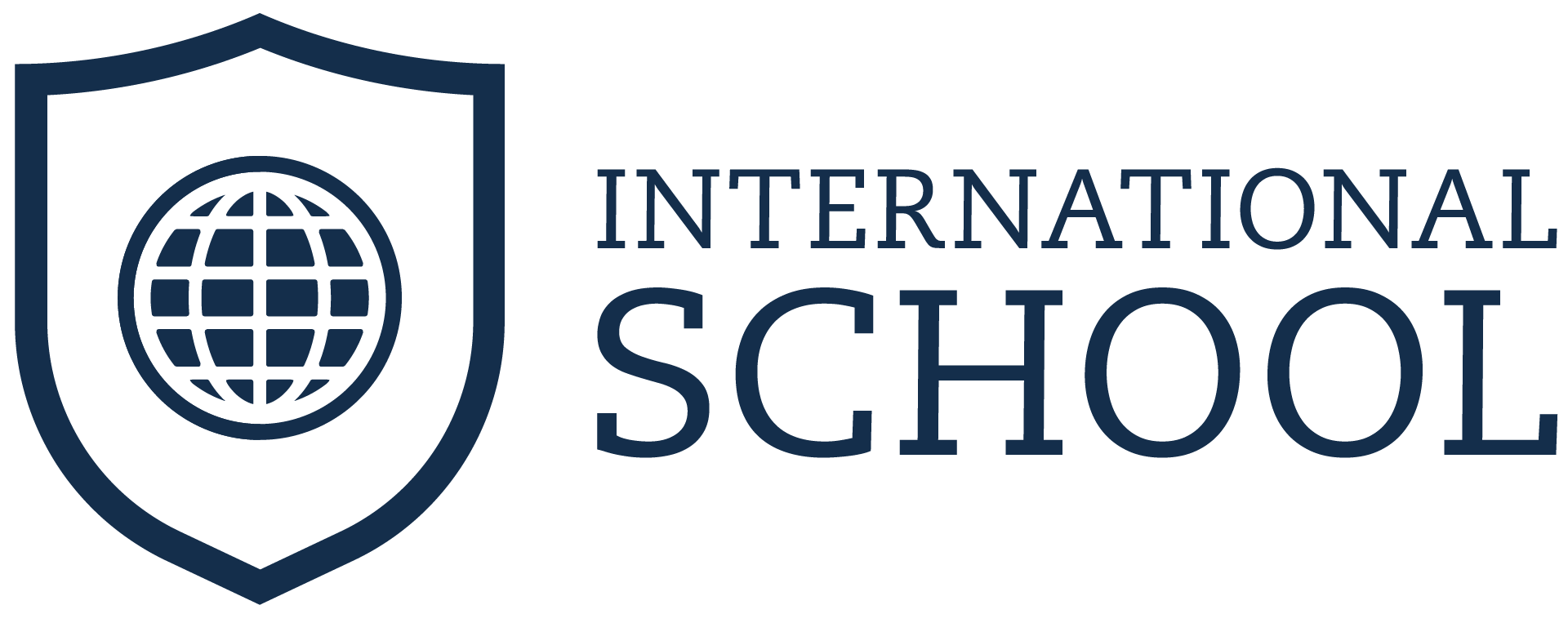A month ago we published a post providing some practical tips to help you identify learning needs, as well as some ideas to organise your study routine. We hope the article Self-development and the path to continuous learning can help you understand the importance of a study routine and how to better plan your way to substantial professional development, which we refer to as PD – (Continuous) Professional Development.
The International Association of Teachers of English as a Foreign Language – IATEFL – promoted, from April 18th to April 21st, the 56th IATEFL International Conference and Exhibition in Harrogate, UK. While at the conference, the Educational Development Centre was able to attend a great number of sessions that tackled the issue of professional development, reflecting on the impact and meaning of CPD initiatives all over the world. One of the sessions presented us with a very useful tool to evaluate self-directed PD and the outcomes that we aim to achieve when developing and following a CPD plan. However, let us start by asking: how do we design a professional development plan?
An effective way to start designing a professional development plan is to understand where you are in terms of knowledge and skills, as well as where you would like to get in your career – which includes short and long-term goals. Begin by self-assessing your knowledge and skills – a good tip here is to talk to your advisor about International School’s Trilhas de Formação on edc|collab. With those in mind, think of the resources available and of the colleagues that can help you in your path; consider, for instance, observing your fellow teachers (peer observing), mentoring with your coordinators or more experienced colleagues, as well as attending specialised events such as face-to-face workshops or online webinars according to your field of knowledge.
Now, while some of these tips might not be new to most of you, take into consideration the following aspects while designing your CPD plan, adapted from JoJo Mrgich’s 5 Elements of an Effective Professional Development Plan
1. If you have difficulties with establishing your goals, it might be a good idea to focus first on job-specific skills: planning and delivering lessons, integrating language learning and content development for curriculum, management of time and resources inside and outside the classroom, assessing learning and providing feedback.
2. Goals change, and so does the planning process! While designing and implementing a professional development plan, your thoughts and ideas will change, and new experiences will cater for new choices. Do not be afraid to rethink a certain goal in the middle of the way, or to be more flexible about a specific one you would like to achieve.
3. JoJo Mrgich suggests that professionals should review their own professional development plans at least yearly. When teachers put formative assessment into practice, they realise that the process of learning is as important as the results and the products students are able to achieve as outcomes. Nevertheless, the professional development plan that you have designed plays an important role in the process of self-development, so be aware of your progress! Think to yourself: how often will I assess my progress and take notes of my positive outcomes and my points for improvement?
With that being said, how do we assess our progress?
In order to help you with assessing your progress, we bring here Neil Ainsworth’s five level self-directed professional development evaluation model, a framework presented at the IATEFL conference in April. Ainsworth, an Oxford’s Senior Teacher Trainer, based his analysis on The Kirkpatrick model and on Guskey’s critical levels of professional development evaluation. Both frameworks help trainers with evaluating Professional Development Initiatives, and what Neil Ainsworth has done with his suggestion of framework is to provide professionals with a tool for self-evaluating their professional development, by combining some elements of both frameworks aforementioned.
Here are the five levels of self-directed evaluation that Ainsworth suggests, and some practical questions to ask yourself while evaluating professional development initiatives in your plan:
LEVEL ONE: MY REACTION
- Did I like this webinar/session/workshop?
- Did it fit my teaching timetable?
- Was it useful and relevant to my teaching practices?
LEVEL TWO: MY LEARNING
- Did I learn something new?
- Was this content suitable for someone with my experience?
LEVEL THREE: MY BELIEFS
- Do I believe that this would be effective for my students?
- Do I believe my teaching context is suitable for adopting this approach?
LEVEL FOUR: MY TEACHING
- How will I implement this in my teaching practice?
- What challenges will I face?
- What will this implementation look like after one week/month/term?
LEVEL FIVE: MY STUDENTS
- What was the impact on my students’ performance?
- Do my students enjoy the changes I have implemented?
At the Educational Development Centre, we are firm believers that a thorough reflection upon our learning process is key to understanding our path to professional success. We encourage educators to pursue knowledge and to make the best use of the available educational resources, in order to become better professionals and transform the lives of our students. But change begins with you! So go ahead and tell us in the comments: what will be the next step of your adventurous journey to professional development?
By EDC








